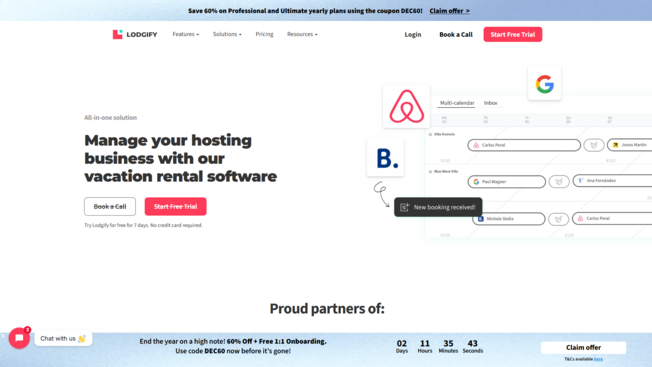
SVB was the 16th largest bank in the US with $209 billion of assets, and Silvergate Capital had $15 billion of assets. Both were headquartered in California and had unique focuses: SVB was a tech and startup-focused bank, and Silvergate Capital was crypto and digital assets-focused. New York’s Signature Bank, the nation’s 30th largest with $110 billion of assets, was also intervened after facing similar issues.
Banks typically fail for one of two reasons: bad asset quality or low liquidity. Asset quality remains strong with the robust economy and few past-due loans, so the focus is on liquidity. Sharply higher Fed interest rates reduced the value of many banks’ bond portfolios, with SVB especially and uniquely exposed due to a disproportionately large and unhedged portfolio. This scared withdrawals from its unique deposit base of large non-retail investors focused on the tech sector.
The collapse of Silicon Valley Bank has raised concerns about the stability of the banking system, highlighting the importance of diversifying investments across different asset classes with a range of high to low risk. As a retail investor, here are some specific strategies to consider when diversifying your investments:
- Invest in a range of asset classes: To diversify your investments, consider investing in a range of asset classes such as stocks, bonds, real estate, and commodities. Each asset class has its own risk profile and potential for returns, so spreading your investments across different asset classes can help to reduce overall risk.
- Consider the risk-reward trade-off: Each asset class has its own level of risk and potential for returns. High-risk investments such as stocks may offer the potential for higher returns, but also come with greater volatility and risk of loss. Lower-risk investments such as bonds may offer lower returns, but also come with greater stability and lower risk of loss. It’s important to consider the risk-reward trade-off when diversifying your investments.
- Build a sustainable portfolio: When diversifying your investments, it’s important to build a portfolio that is sustainable over the long-term. Look for investments that have a strong track record of financial performance and a clear path to sustainable growth. Consider factors such as environmental, social, and governance (ESG) criteria when selecting investments.
- Rebalance your portfolio regularly: Diversifying your investments is not a one-time event. It’s important to regularly review and rebalance your portfolio to ensure that it remains diversified and aligned with your investment goals and risk tolerance.
The collapse of Silicon Valley Bank serves as a reminder of the importance of diversifying investments across different asset classes with a range of high to low risk. As a retail investor, it’s important to consider strategies such as investing in a range of asset classes, considering the risk-reward trade-off, building a sustainable portfolio, and regularly rebalancing your portfolio. By following these steps, you can mitigate your risk exposure and ensure that your portfolio is more resilient to economic uncertainties and market volatility.

















Leave a Reply